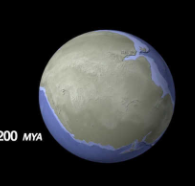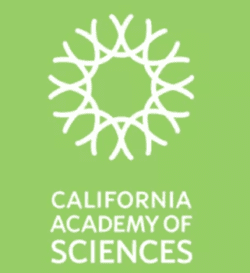Today’s configuration of continents is dramatically different than it was in the past. For billions of years, plate tectonics built and fragmented supercontinents—land masses made of multiple continents merged together.
The plate tectonic cycle begins with a supercontinent balanced by a super ocean. Plate movement slowly breaks apart the supercontinent. This sends pieces across the ocean to collide and form a new supercontinent, which will also eventually fragment. We are currently in the middle of one of these cycles.
About 150 million years ago, a rift opened up within the supercontinent called Pangaea. New crust formed along the underwater Mid-Atlantic Ridge. This change drove the breakup of Pangaea—and formed the Atlantic ocean. The continents we know today as Europe and North America separated first, followed by South America and Africa. These continents continue to move apart at the rate of several centimeters a year.
Using computer simulations, we can speed up geologic time and “witness” the beginning of the Atlantic ocean.
Now watch Back in Time: Present Day to 200 Millions Year Ago.
This post is part of Exploring Earthquakes, a rich collection of resources co-presented by the California Academy of Sciences and KQED. This material is also available as a free iBooks textbook and iTunes U course.




